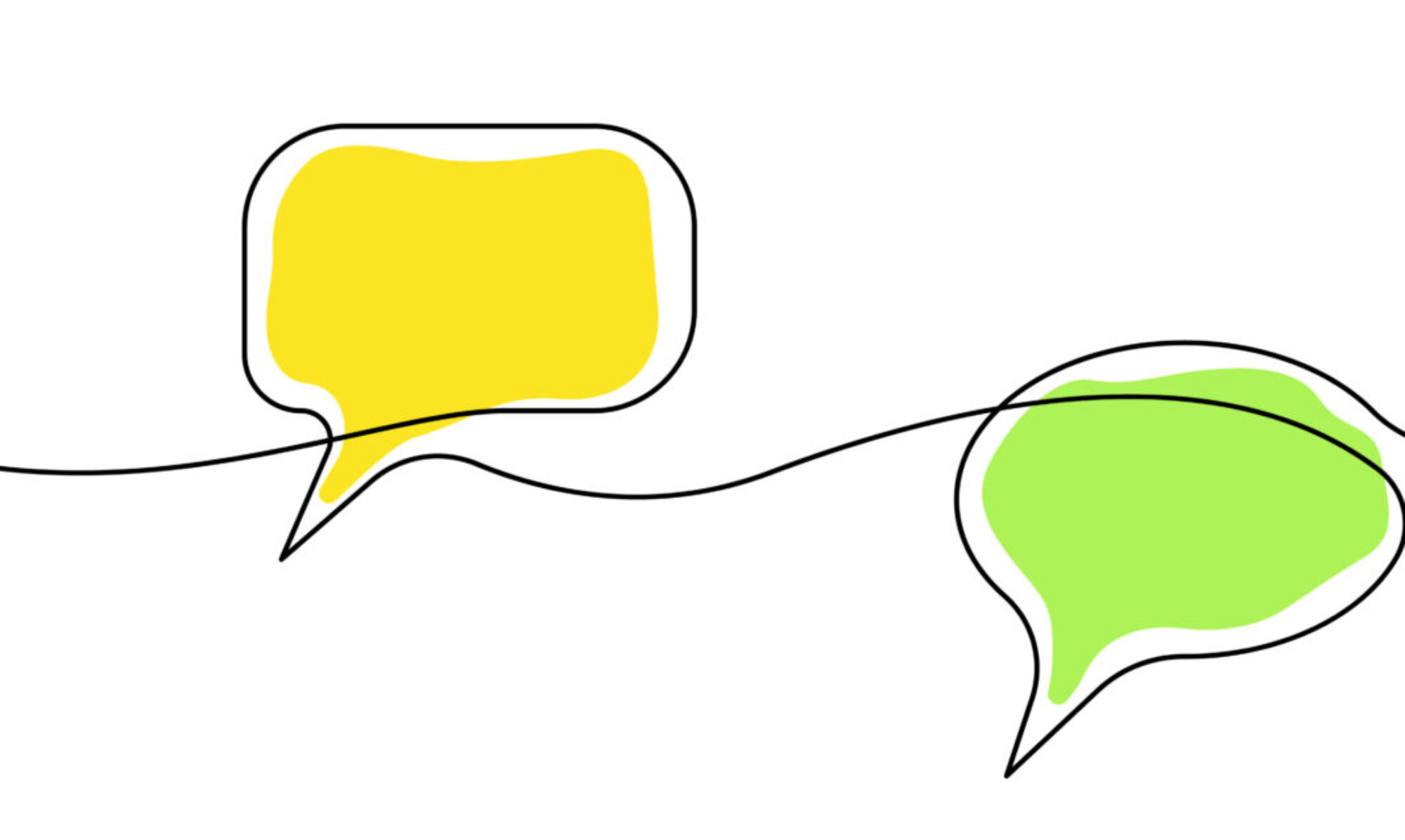I {Heart} Writing Website Copy
I have an admission to make: One of my favorite things on this earth (professionally, at least) is writing for websites. Many writers may not understand why; they may love technical writing or legal writing or creative writing (yeah–I like that one too) or writing hard-hitting journalistic pieces that topple governments and the like. But for me, website content creation is both fun and challenging.
Now when I first started creating web content, that’s not something I would have said. I’ve been doing this sort of thing for nearly a decade, and it’s fairly safe to say that content creation has changed over that time. When I entered the realm, the idea of “keyword stuffing” was still fairly popular. That meant you’d land on a webpage that started off something like this:
“Box 117 is a content creation company focused on creating content when web content is needed by companies needing website content.”
It would then proceed for another dozen sentences in pretty much the same way. Add half of the words bolded or underscored and it was…well…a complete mess. It also flew in the face of everything I’d ever known about writing. To me, regardless of what kind of writing I was doing it was about sharing information in such a way that the reader would easily understand and engage with it.
 Fortunately, the great Google gods recognized that this highly bloated and manipulated approach really didn’t benefit the users of their search engine. Certainly, those users could be led to a stuffed site, but they were unlikely to remain there if they didn’t receive the information they needed most. User experience and quality content were looked at in a new way, leading to changes in algorithmic updates. Ultimately, those changes led to my falling head-over-heels in love with web writing.
Fortunately, the great Google gods recognized that this highly bloated and manipulated approach really didn’t benefit the users of their search engine. Certainly, those users could be led to a stuffed site, but they were unlikely to remain there if they didn’t receive the information they needed most. User experience and quality content were looked at in a new way, leading to changes in algorithmic updates. Ultimately, those changes led to my falling head-over-heels in love with web writing.
Here are some reasons why:
I get to tell stories.
When I write web content, I have the opportunity to get to know a business or organization inside and out. Through interviews and research, the personality of my clients comes to light…and ultimately to life. You’d be surprised at how often that leads to uncovering something truly unique to an organization that their customers (or potential customers) love–but that those on the inside see only as “just the way we do business.” Helping a business discover or capture that essence is very exciting.
I get to learn new things all the time.
Now if you’re a business owner and reading this, you are likely to know your business inside and out. You understand how to make a widget or deliver your services and may get the impression everyone else does too. Well I’m here to tell you that they (we) don’t. It’s amazing how frequently I get to write about things in web copy that I’ve never heard of before, or never understood before. As I work with my clients to break down processes or identify products, it gives us both the chance to view them in a different way. Then I get to come up with a way to share that information through copy designed to educate and inform. (And yes, that’s exciting!)
Words are powerful.
You may have heard statements like that in relation to how we interact with people one-on-one or in groups. But the words on a page–including those online–can do some pretty amazing things. They can educate, encourage, inspire, or lead the reader to take action. Words can build a reputation, generate sales and establish authority. So as Iwrite the copy for a website, I get the chance to use words in ways to benefit my clients as I help them meet their goals.
There is a both an art and a science to writing web copy.
One of the things that I’ve been able to bring to the table throughout my career is a balance of left brain/right brain thinking. I love the joy of creativity and big-picture thinking, but am also captivated by logic-driven detail. When I create copy for a website, whether primary page copy or blog posts, I have the chance to explore some level of creativity as I also evaluate how the copy can lend to an enhanced SEO (search engine optimization) presence. I also work with the meta titles and descriptions as well, which likewise can impact the ability of a search engine user to find my client’s site and discover their products or services.
As you can see, there really is a lot to love (at least in my mind) about writing for websites. But if you’re not as inclined as I am to greet the day with a smile when it’s time to sit down and type away, give me a call or drop me a line. I’d love to help.







